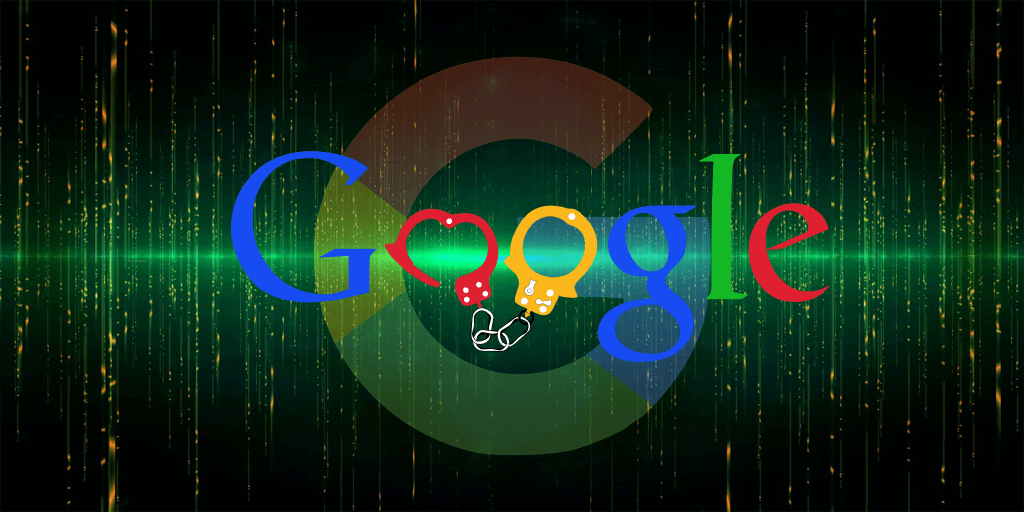Your website can get a Google penalty for many reasons. Like spammy links, content, spammy backlinks, etc. It can heavily impact the rankings of your website. There is no doubt that if you got a Google penalty that means you are in trouble but there are some ways to get out of those issues.
Here in this article, we are about to discuss how to identify those penalties and detect which one you’ve got. And after that how to fix those penalties. Hope this article will help you to overcome those issues.
Google Penalty: Definition
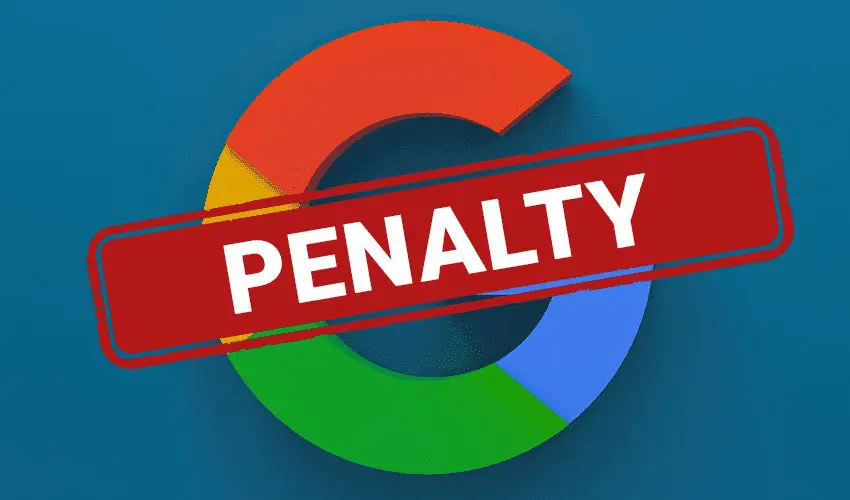
A website that contains content that violates Google’s enforcing marketing principles is Google penalty subject. This penalty may arise from any manual inspections of the webmasters. Often Google punishes the site with the penalty when they use the black hat SEO techniques to improve their Google ranking and misuses Google’s ranking algorithm.
We must keep up with the most recent algorithm improvements because we are all dependent on search engines for traffic. If we don’t, we risk receiving a Google penalty.
Keeping up with the most recent patches is not only a good idea, but it also gives you a competitive edge if you can optimize your content more quickly than other web domains.
Steps To Identify A Google Penalty
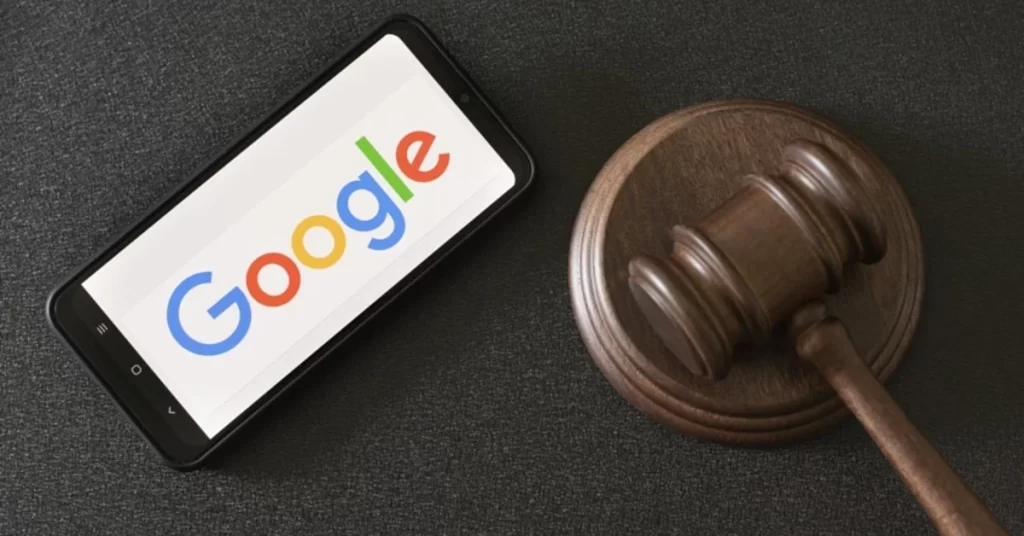
If your website got a Google penalty that means you are already in huge trouble and you need to find a way to come out of that problem.
At first, before trying to fix a Google penalty you need to find out what type of penalty you are having. There is a completely different set of steps you need to follow to solve each type of Google penalty.
There are mainly two types of Google penalties out there. And if you want to regain your rankings and traffic then first identify if you got a manual penalty or an algorithmic penalty.
Manual Penalty
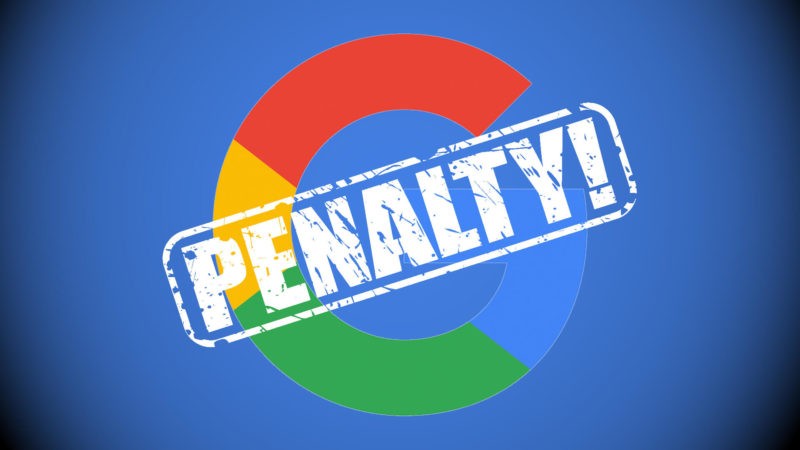
An occasion where Google’s web spam team manually recognized your site since you violated Google’s guidelines. Then Google either degraded your site in the rankings or completely blacklisted your website. That is called a manual penalty or in Google’s words a “manual action”. You can easily identify a manual action because Google itself sends you a notification about the penalty. For identifying a manual action or penalty, the steps are:
- Go to the webmaster Tools
- On the Webmaster Tools, claim your website.
- Go to the “Search Traffic” drop-down button.
- Click on “Manual Actions”.
- Find out what kind of penalty you have from Google.
Algorithmic Penalty
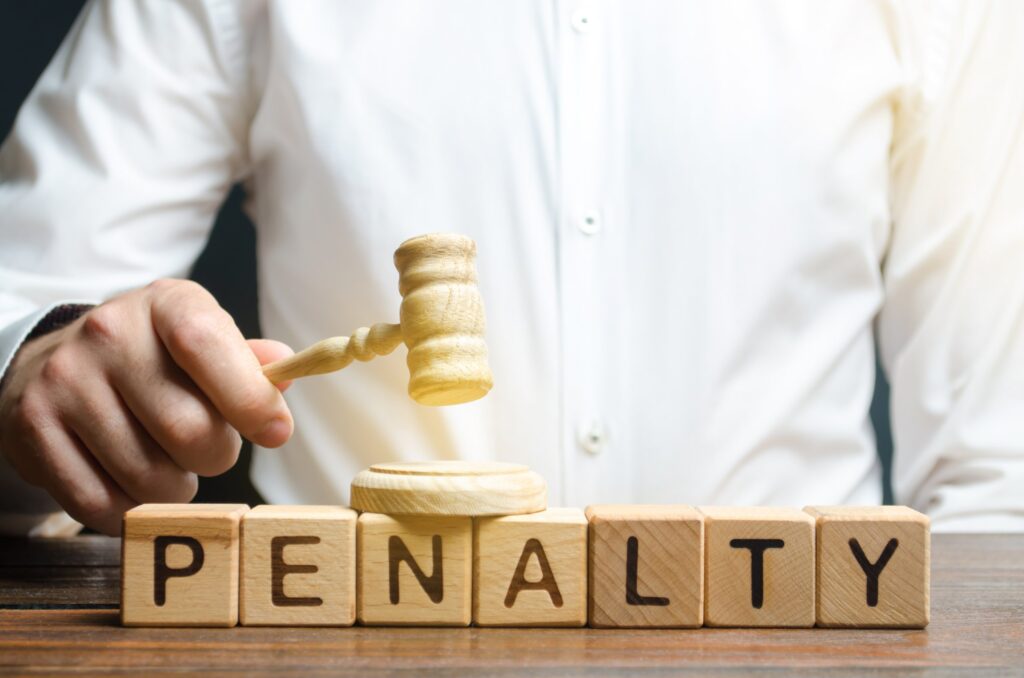
Technically, an algorithmic punishment is not a punishment. Instead, a change to Google’s algorithm has a detrimental impact on the ranks of your website.
These “penalties” might cause your website to drop multiple pages in the SERPs (search engine results pages) from minor ranking decreases to significant organic losses.
Because Google won’t send a message, these fines are far more difficult to spot. The two most common algorithmic penalties are Panda and Penguin.
How to fix Google Penalty
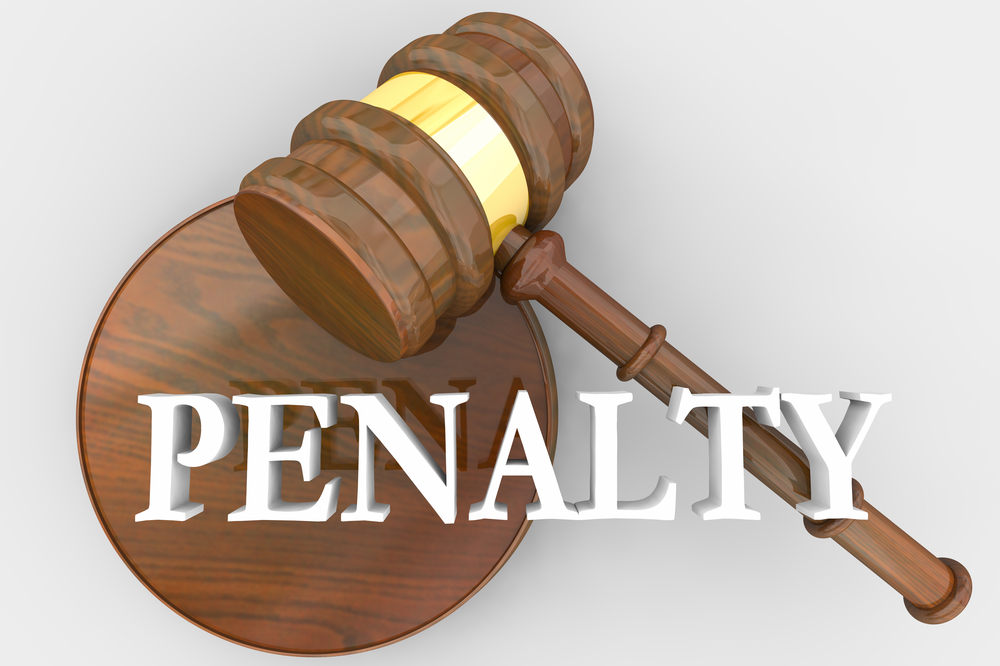
If you got a Google penalty then the main focus of you should be how to fix the Google penalty. After understanding the kind of penalty you got, the next step is to fix the problem. You know already that different types of Google penalties have different types of fixing processes. So let’s discuss those ways one by one.
Steps To Fix A Manual Action Penalty:
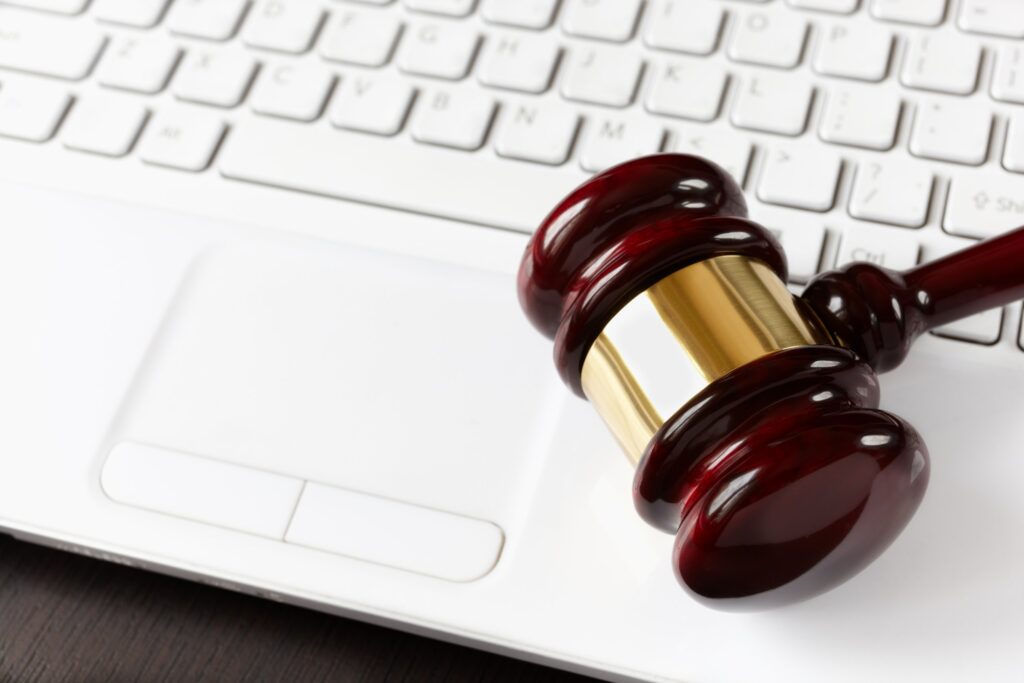
It’s comparatively easy to fix a manual action penalty because Google itself sends you a notification that contains every detail about your penalty. This fixing process is quite simple and has only 2 major steps.
1) Fixed Your Website’s Issue
First, clean up the website’s incoming links by asking spammy websites to remove the links from your website. Then replace spammy Connect with more informative content and remove the hacked pages.
Then make sure that you didn’t hide keywords. After that thoroughly check your markups and follow Google’s rich snippet guidelines.
2) Submit The Reconsideration Request
After you fix the website issues you have to submit a reconsideration request to the spam team of Google. There is no specific way to write that request but there are a few things that you should keep in mind before writing it.
First, be honest and provide documents of your fixing work. Create a formal Google doc and specify all the steps by demonstrating your knowledge. Then click on “Request a review” submit it and wait for the reply.
Fixing Process Of The Algorithmic Penalty
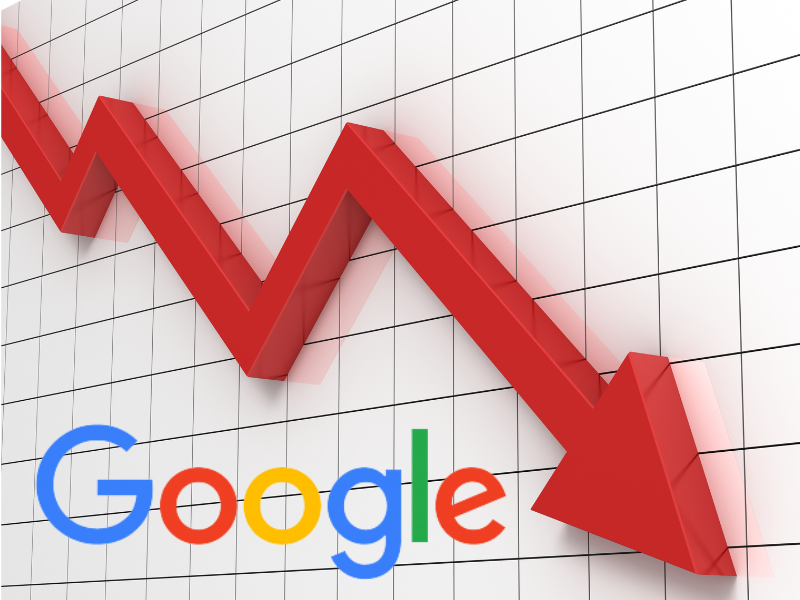
If you got an algorithmic penalty then you should know that it is going to be a lot harder to fix than a manual penalty.
Since Google doesn’t send you any notification about this it will be better if you hire an SEO professional to find out the issue. The two most common algorithmic penalties are Panda and Penguin.
1) Panda Penalty
If your SEO professional tells you that your penalty is related to Panda or on-page optimization then your website needs to go through an extensive audit to find problems. First, do a manual review of your website and try to find out if your website contains any type of spammy content.
You can try many tools including Google’s Webmaster Tools to do an audit. You need to run audits as much as possible to detect issues and then use Google guidelines to fix your site.
2) Penguin Penalty
If you find out that your Google penalty is related to Penguin then you should start the cleaning process of your link profile. Google Penguin algorithm only punishes websites that have spammy link profiles.
You need to remove those links and gather link data from various sources like Webmaster Tools, Link Research Tools, and Ahrefs and combine those links into one spreadsheet.
Conclusion
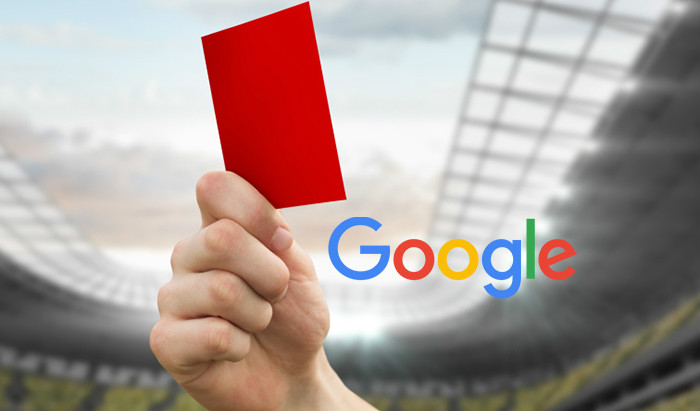
A Google penalty can’t be easily found or removed, unfortunately. It takes time and is frequently frustrating to get back in good standing with Google, but with perseverance, you should be able to return to where you were before the penalty took effect.
To prevent serious ranking concerns in the future, SEO practitioners must continually stay abreast of new developments in the field and algorithm updates.
Have A Look :-
- Now, An AI Assistant From Google Can Be Your Personal Life Coach
- What? For Ads, Is Google Starting To Collect Children’s Data? News That Induce Concern

